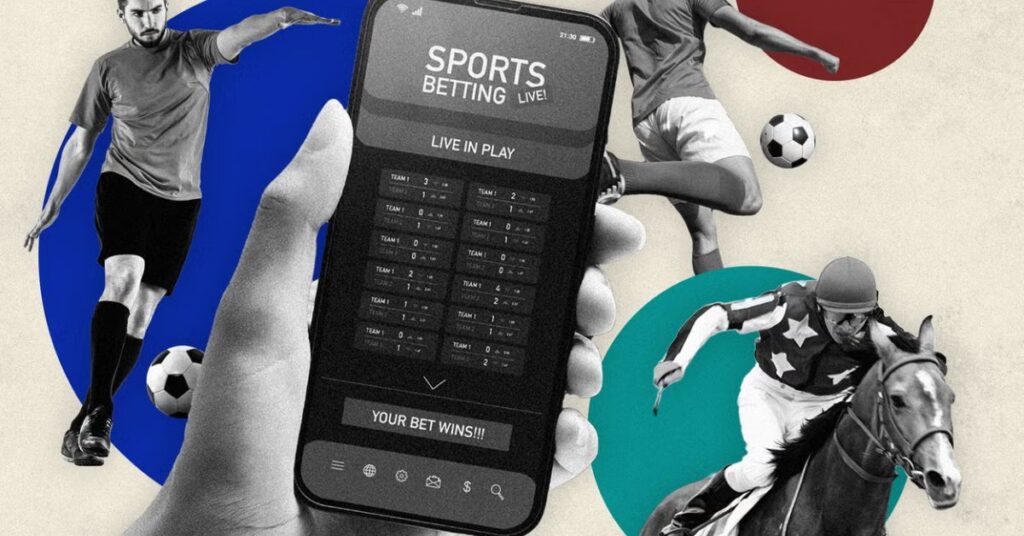Betting odds are an integral component of sports betting strategy, representing both a team’s chances of victory and its expected payout amount. They can be displayed using three formats: American, decimal and fractional.
Reading betting odds can be tricky, but learning how to interpret them can help you make smarter decisions and improve your long-term profitability. By understanding how the odds work, reading can increase your chances of profiting long term.
Probability
Probability of winning a bet is determined by the odds offered on an event, which can take various forms such as decimal, American and fractional odds. To fully comprehend them and their calculations, it’s essential that one understands what they represent and their meaning as well as implied probability conversion methods (converting betting odds to percentage and taking bookmaker margin into consideration), since implied probability can help assess value in betting markets.
Probability measures the ratio of favorable outcomes relative to all possible outcomes within a sample space, known as likelihood or propensity for events or outcomes to take place, using the formula P(A)/(Number of outcomes in sample space). For instance, the probability that a coin lands heads up is 50%.
Odds are an effective way of representing an event’s chance of occurring and can be displayed in a variety of formats. Odds allow us to compare chances between different events or teams, yet should not be taken as guarantees; an increased probability does not always equate to money lost on bets; it simply increases risk.
Odds offered by bookmakers
Betting odds are numerical representations of the probability that an event will happen, used to calculate potential payouts of bets and measure risk involved with wagers. They come in various formats such as American, decimal and fractional odds – each has its own significance when used by beginners in betting games; there are tools available that make conversion between these three forms easy – or you could do all calculations by hand!
Odds are calculated based on statistical and analytical research and analysis as well as public reaction to certain lines. They’re heavily impacted by market factors like player injuries and weather conditions; increasing or decreasing odds can drastically change how much money can be won betting on certain events.
Bookmakers don’t offer odds that accurately reflect the true probability or likelihood of any event; bookmakers always add in some sort of profit margin so as to profit from any bet placed. Furthermore, odds can often be adjusted so as to balance out both sides of a bet placed – this can cause large discrepancies between actual probabilities of events and implied probabilities; therefore it is vital that bettors understand this difference between actual and implied probabilities of events.
Line movement
Line movement refers to any change in odds or point spreads prior to kickoff of a game, often caused by one side receiving more action than another bet, which can have an incredible effect on your betting strategy. Therefore, it’s essential that you monitor line movement carefully prior to placing bets.
Sportsbooks are always tweaking their odds and lines in an effort to equitably divide betting markets. Their goal is to have equal amounts on both sides of a bet to reduce liability associated with that game, so if they notice one side receiving more action than the other they will shift the line accordingly to encourage bettors to back less popular side – known as sharp money.
Analyzing line movement requires finding patterns. For instance, if the Browns open as underdogs against the Packers but then move to bettors’ favorite position with sharp bettors coming in late as underdogs against them and then move into becoming favorites themselves then it would likely be wiser to favor underdogs when betting instead.
Moneyline bets
Moneyline odds are one of the most useful betting tools for both novice and seasoned bettors alike, providing a quick way to calculate a team or player’s implied odds of winning an outcome based on how much is being wagered on that result. Moneyline odds usually change due to significant amounts of action on either side, requiring sportsbooks to adjust risk by moving odds accordingly; this process is known as “balancing the action”. Another factor which could alter moneyline odds include injuries or ineligibilities among key players which result in sportsbook risk adjustment as risk adjustment adjusts by moving odds accordingly – another change could come if several key players were injured or ineligible due to illness among their teams/players due to injuries/ineligibilities among their teams/players being injured/ineligible/involvement between matches or teams/players which causes changes such as injuries/ineligible participation changes due to injuries/involvement/involvement changes being caused by significant action being placed on either team/player(s), injury/inclusion/involvement may change it as well. Another cause change might occur due to changes occurring resulting from injuries/ineligibilities amongst/amateurs playing injury/ineligibilities from playing due to increased betting odds changes being taken out or ineligibility amongst/all participating/or players/competition/etc being missed/or injuries/exibility etc being made unavailable or so on.
Moneyline odds are indicated with either a plus sign (+) or minus sign (-), where a positive sign indicates a $100 bet could bring about an expected profit of $100 while negative signs mean it would result in losses totalling $150 for every $100 staked. Sportsbooks make money through charging commission fees on moneyline bets to charge an appropriate vig.
Moneyline bets have long been a favorite betting option among NFL, NHL, NBA, MLB, UFC, tennis and soccer games as well as college football games and horse races as well as boxing/MMA matches. While their payouts may not match up to those placed on point spreads, moneyline bets still offer lucrative returns for smart bettors.


